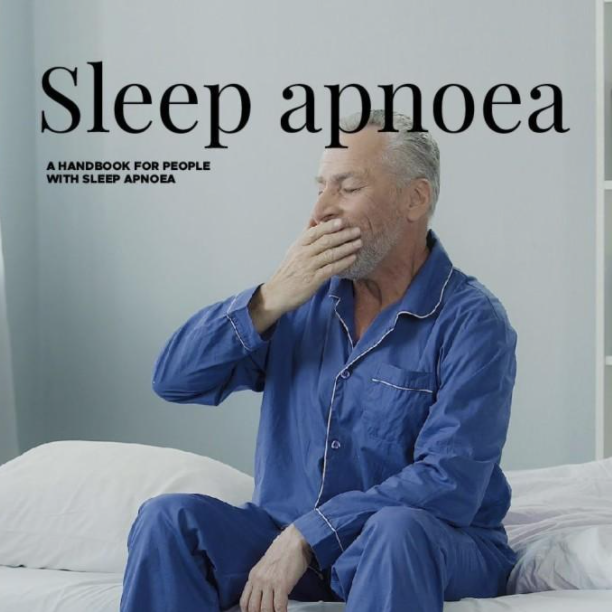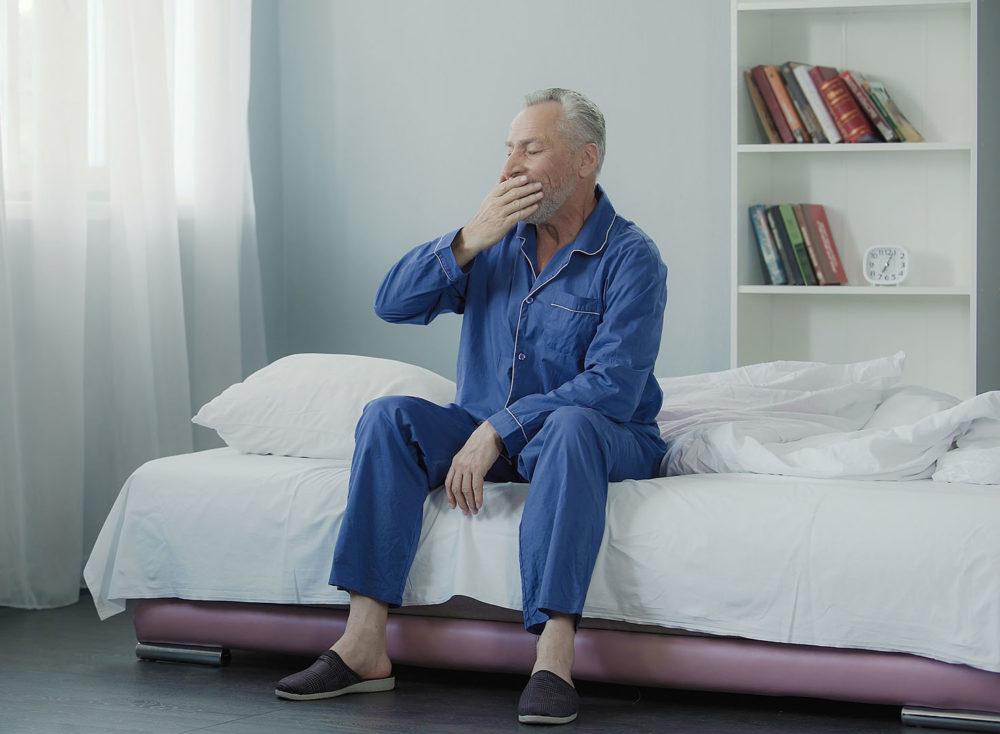This causes a partial obstruction of the upper respiratory tract, which induces snoring and pauses in breathing. The pauses can last for anything from a few seconds to more than a minute and frequently end with a wheeze and the sleeper being startled awake. Pauses in breathing can occur naturally during sleep; their number, duration and consequences determine whether they constitute a disorder.
Untreated sleep apnoea increases mortality from cardiovascular diseases by a factor of 3−6, and increases the risk of contracting type 2 diabetes, stroke and pulmonary artery hypertension. Even minor sleep apnoea causes an elevated risk of hypertension. Cognitive and memory disorders are common in people with sleep apnoea, so it also increases traffic accident risk, if untreated.
Untreated sleep apnoea normally prevents working in occupations requiring strict alertness (e.g. professional drivers). If a person working in such a profession suspects sleep apnoea, they must undergo an immediate examination and start treatment as soon as possible.
Related content
- Respiratory diseases
- Asthma
- Chronic obstructive pulmonary disease (COPD)
- Symptoms linked to poor indoor air quality
Other topics that may interest you
Pauses in breathing during sleep occur in approximately 10 per cent of snorers. A structurally narrow throat predisposes the person to snoring and pauses in breathing. On the other hand, not all people with sleep apnoea snore, nor do all snorers suffer from sleep apnoea. It is not currently known why some snorers develop sleep apnoea, while others do not. The onset of the disorder is probably explained by the combined effect of several factors, but genes also play a part.
Obesity is the single greatest risk factor for sleep apnoea. When a person gains weight, fat also accumulates in the area of the throat and oesophagus, constricting the airways. Other common risk factors include a blocked nose, large tonsils and a small lower jaw.
Sleep apnoea is most common in persons aged 40–65, but is found in people of all ages, even children. The condition is found in both men and women, but female sex hormones provide partial protection against the disease. Sleep apnoea becomes more common in women after menopause.

Sleep apnoea
A handbook for people with sleep apnoea.
Have you been diagnosed with a sleeping or breathing disorder?
The ELF Sleep Patient Advisory Group (PAG) has created a short, anonymous survey to learn more about patients’ experiences with diagnosis and treatment. The survey takes less than 10 minutes to complete and is open until 21 March.
